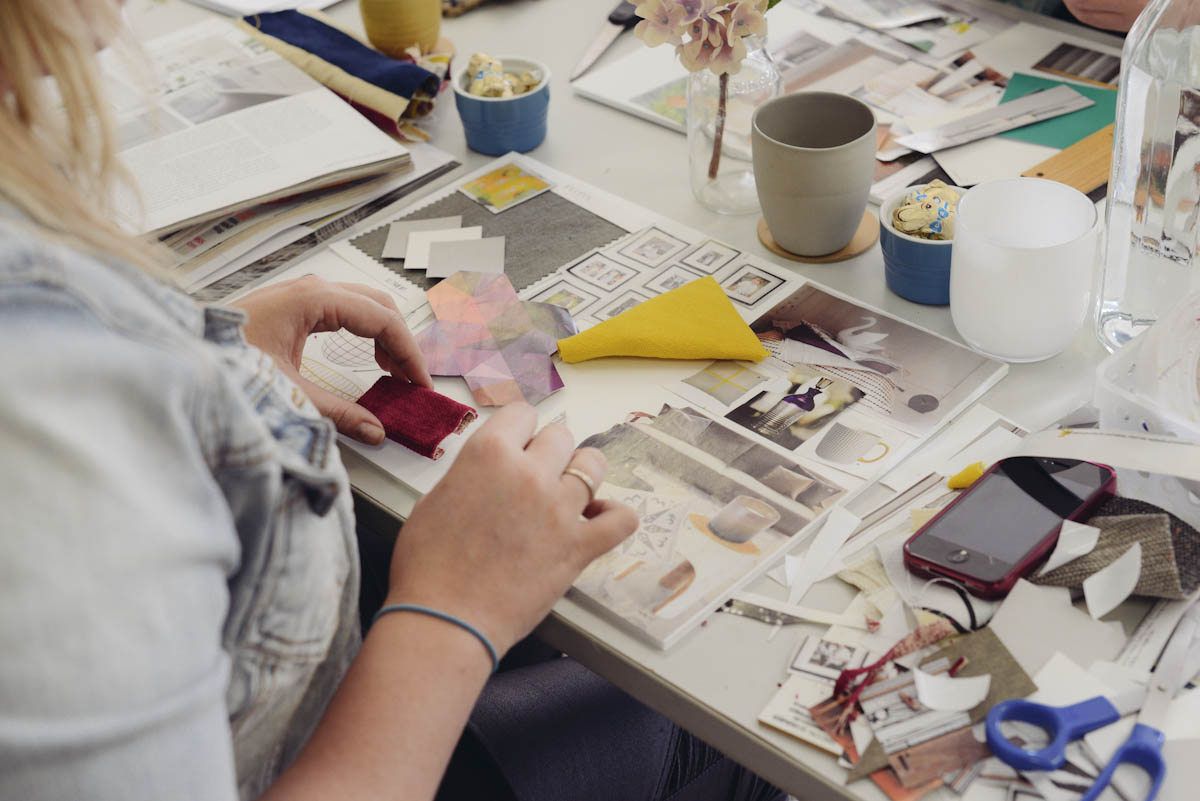Evaluating the qualitative outputs from co-design workshops is a nuanced process that hinges on understanding the context and the participants involved. I hope my workshops will be characterised by their collaborative and participatory nature, yield rich, descriptive data that can provide deep insights into the pupil’s experiences, needs, and desires. To effectively assess these outputs, one must adopt a multi-faceted approach.
In my reading I have discovered a few important aspects to this:
Firstly, thematic analysis is key; it involves identifying patterns and themes within the qualitative data. This requires a careful and iterative process of reading through the data, coding it, and looking for recurring ideas or concepts. Secondly, the validity of the findings can be strengthened through triangulation, using multiple data sources or methods to cross-verify the results.
Moreover, participant feedback is invaluable. Engaging with the pupils to validate and refine the findings ensures that the interpretations are aligned with their perspectives. One question for is time – will I have time to engage in this process fully?
In conclusion, a robust evaluation of co-design workshop outputs demands a thorough analytical approach, corroborated by participant engagement, to derive meaningful insights that can drive for my project.




 As I get my project off the ground, one of the aspects I’m struggling with is context. I know generally what I want to work on, but I’m a little at a loss for how to ground it. More specifically I am trying to decide if it is best to ground using design research methods with children and young people to help them think about preferred educational futures in the general sense, or to tie it to a specific context. On the one hand having a very specific focus (for example influencing policy around a new pupil portfolio system) perhaps makes the work (for the children and young people involved) seem less abstract. On the other hand there is something appealing about keeping it general – it allows the methods to really be stress tested as it were…
As I get my project off the ground, one of the aspects I’m struggling with is context. I know generally what I want to work on, but I’m a little at a loss for how to ground it. More specifically I am trying to decide if it is best to ground using design research methods with children and young people to help them think about preferred educational futures in the general sense, or to tie it to a specific context. On the one hand having a very specific focus (for example influencing policy around a new pupil portfolio system) perhaps makes the work (for the children and young people involved) seem less abstract. On the other hand there is something appealing about keeping it general – it allows the methods to really be stress tested as it were…
